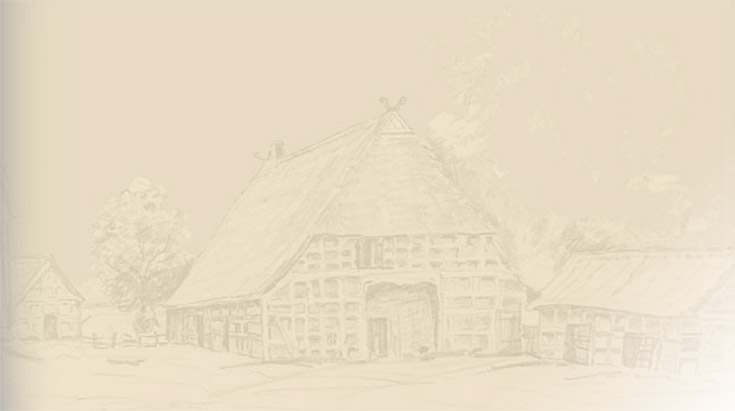



If you look up the term “Herald”
in www.de.Wikipedia.org you find the following quote: “Heralds were
experts of the respective law (a preform of the laws of war as well as public
and constitutional laws). They enjoyed diplomatic immunity and were tied
to a code of honour which made it illegal to carry weapons or spy on enemies.
A herald would wear a surcoat called a tabard, decorated with the coat of
arms of his master and among other things one of his responsibilities would
be to identify the knights by their coat of arms – on the battle field
or during tournaments. For this purpose they created scrolls with coat of
arms to make the distinction easier. Those scrolls were composed in a special
terminology which made a detailed description (called a 'blazon') of the
coat of arms possible.
The creation of the coat of arms which happened most likely in the middle
of the 12th century falls back on warlike conflicts. It was important to
be able to distinguish between friends and enemies in the chaos of a combat
operation. Thus they painted a figure on the shield of the knights.